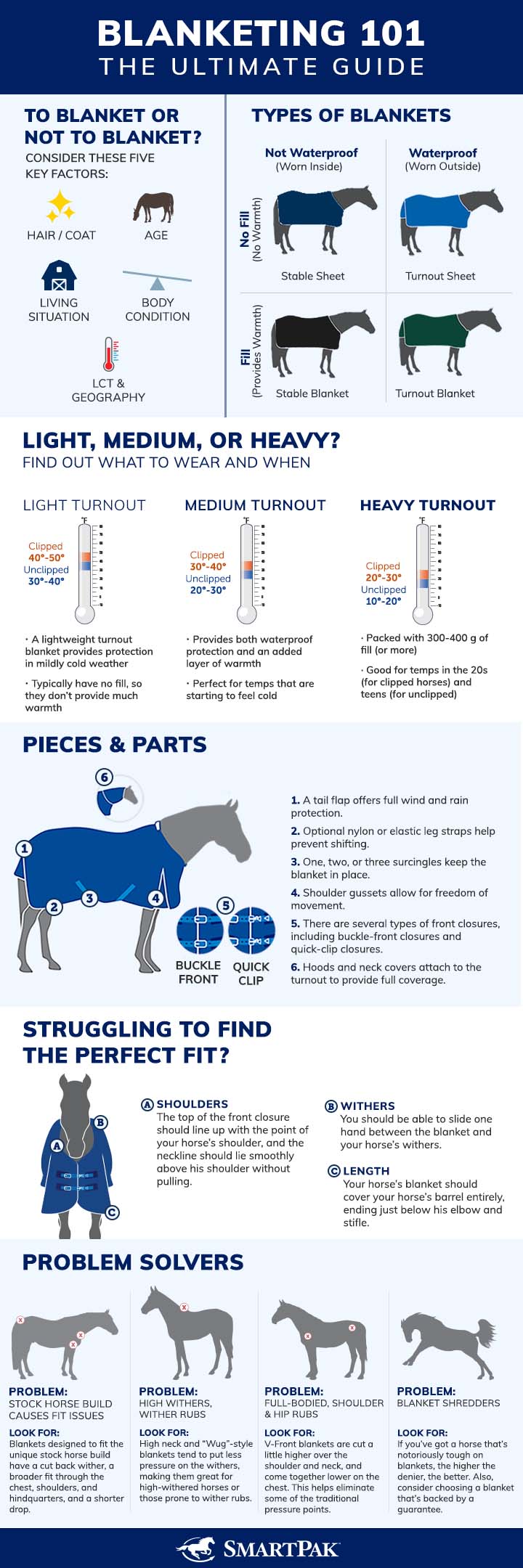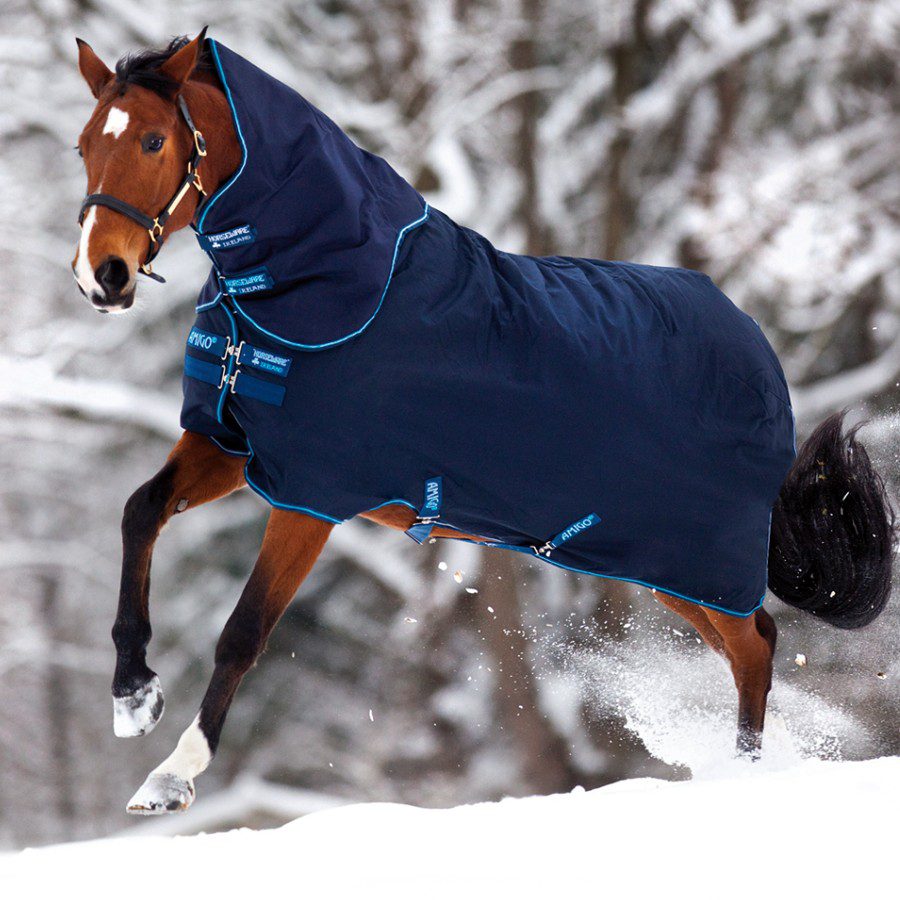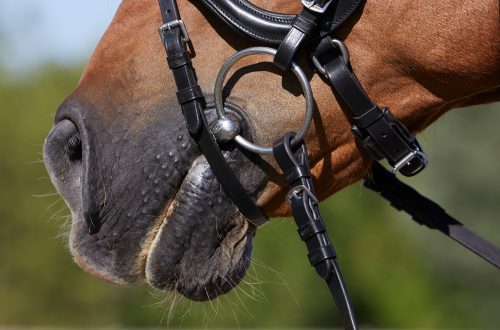
Horse blanket: do you need it?
With the onset of autumn and winter, many horse owners are thinking about whether to wrap the horse in a blanket? Isn’t she cold? Do you need horse blanket? Let’s try to figure it out.


In the photo: horse blanket
Contents
Thermoregulation in horses
Thermoregulation is a mechanism for maintaining a constant body temperature. Each of the living beings (and the horse is no exception) needs a certain body temperature for normal life. If it goes down or up, the chemical reactions at the cellular level change. And evolution in every possible way contributed to the fact that animals learned to independently maintain the desired temperature in any weather. Everyone adapted as best they could. Horses have tried and developed as many as 5 mechanisms of thermoregulation.
- Pretty thick skin.
- Wool that changes twice a year and helps to adapt to different seasons. In addition, the hairs can be pressed or bristled, which means that the horse can regulate the thickness of the air layer, which, as you know, plays an important role in thermoregulation. And during rain or snow, the hairs can stick together, forming, as it were, a “shell”, along which water flows down, and the undercoat does not get wet. But, of course, during a heavy downpour, the horse will get wet.
- Fat layer. In nature, horses gain weight by winter, and lose weight by spring.
- Blood vessels may narrow or dilate. During vasoconstriction, heat loss decreases, and when they expand, they increase.
- Sweat glands that produce moisture at high temperatures. This moisture, evaporating, cools the horse.
In addition, if the horse freezes, it begins to move more actively to warm up due to the work of the muscles, or, if this is not possible, it begins to shiver. All these mechanisms have allowed horses to populate almost all climatic zones. Moreover, in many of them there are wild herds that have learned to survive without any help from humans, and certainly without blankets.
Thermoregulation disorders in domestic horses
When people took over the care of horses, they did a lot to change the ability of wards to adapt to changing conditions. The horse can be kept almost around the clock in a heated stable, shaved or limited in the amount of feed. And in this case, the mechanisms of thermoregulation may not start.




In nature, horses do not get colds. But imagine that the animal lives in a warm room, works in an indoor arena, where the temperature is also far from the street temperature, and then the owner comes up with the idea to take it for a walk through the winter forest. Of course, a horse that is not accustomed to such extreme temperature changes and does not have the ability to cope with them may well get sick.
Horse blanket: good or bad?
For a horse with normal thermoregulation, a blanket can be a big challenge. The blanket prevents the horse from puckering his hair to keep warm. But, in addition, uncovered parts of the body remain vulnerable to low temperatures. After all, thermoregulation works either throughout the body or nowhere. In addition, blankets can cause both overheating and hypothermia. After all, if the horse moves, then the muscles produce heat, which the blanket prevents from escaping into the atmosphere – and, please, overheating. But if the blanket is uncomfortable, restricting movement, the horse may, on the contrary, freeze due to lack of movement. When deciding whether your horse needs a blanket, proceed from its interests, do not focus on yourself. If you are cold, it is not necessarily cold for the horse. Of course, if the horse’s thermoregulation is disturbed or it has been shaved, then it will not be able to walk without a horse blanket in winter. But if your pet leads a lifestyle that is close to natural, and there are shelters from the weather on the run, he probably doesn’t need a blanket so much. Even Arabian horses, with proper walking, diet and without restriction of movement, are able to survive our harsh winter without “clothes”.
How to help a horse keep warm in winter without blankets?
- Let the horse grow a thick coat and accumulate some body fat. Of course, if you decide in mid-January to transfer an animal from a warm stable to a round-the-clock range, nothing good will come of it.
- Make sure you have access to hay at all times, as they say a horse gets warm by eating.
- Access to water is also essential. It is advisable to install heated drinkers on the paddock or often water horses from buckets.
- Don’t stress your horse too much.
Why is water more important than horse blankets?
Many people know that there is the concept of “cold colic”. It arose due to the fact that after frosts, colic occurs more often. Studies have been conducted, and as a result, it turned out that such colic is not associated with hypothermia, but with a lack of water. When the water in the usual sources (drinking bowl or stream) freezes, the horse does not drink enough, and without water, the intestinal walls do not produce enough mucus to promote food lump (grass or semi-digested hay, grain). The result is colic. Keep in mind that if in summer a horse eats grass containing about 70% moisture, then in winter it is most often available to it only hay, where the proportion of moisture is up to 20%. Thus, we can conclude that if the horse is healthy and used to living in conditions , close to natural, it may well do without blankets. But, of course, each case is individual, and the decision is up to you.You might also be interested in: Stable keeping of horses«







